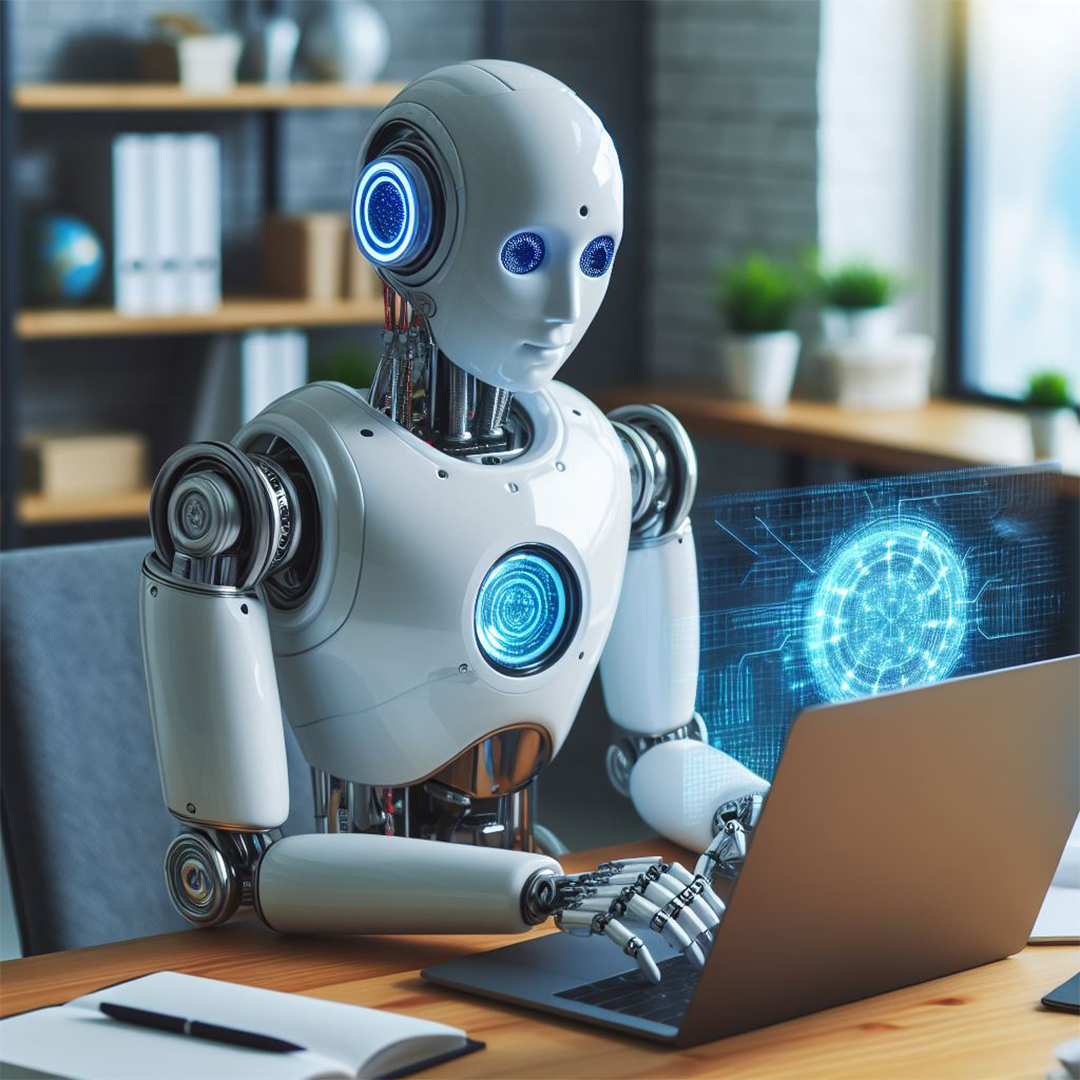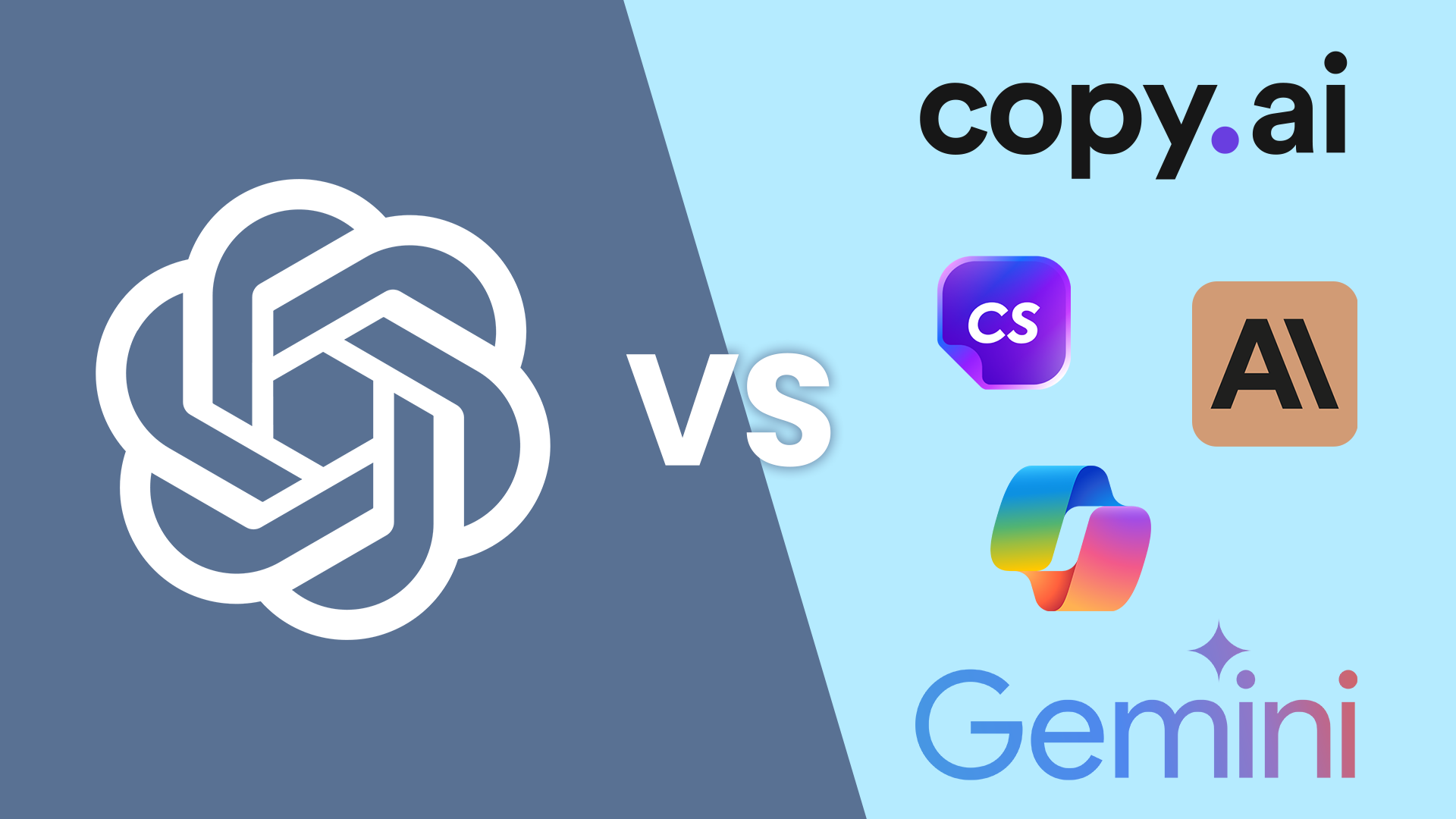In the rapidly evolving landscape of artificial intelligence, understanding the nuances between Generative AI and Intuitive AI is crucial. These two paradigms, each with its unique strengths and applications, play a pivotal role in shaping the future of AI. In this article, we will delve into the differences and similarities between Generative AI, which excels in content creation, and Intuitive AI, designed to emulate human-like decision-making processes.

Table of Contents
Generative AI: Crafting Realistic Content
Generative AI, a facet of artificial intelligence, specializes in creating content that is both creative and lifelike. At its core, Generative AI relies on neural networks like GANs (Generative Adversarial Networks) and advanced language models such as GPT (Generative Pre-trained Transformer).
One remarkable feature of Generative AI is its ability to generate content that often appears indistinguishable from human-generated material. For instance, the latest iteration, GPT-3, can produce coherent, contextually relevant text with remarkable accuracy. This capability has made it indispensable in applications such as automated content generation, chatbots, and even automated storytelling.
Generative AI’s strength lies in generating content, but it operates within predefined parameters and relies heavily on extensive datasets for learning. While it excels in contextually relevant content generation, it may sometimes lack the nuanced understanding and adaptability demonstrated by human intuition.
Intuitive AI: Emulating Human-like Decision-Making
On the other hand, Intuitive AI focuses on replicating human-like decision-making processes. This AI domain aims to empower machines with the ability to make decisions based on patterns, context, and even emotional cues, mirroring human cognition.
Intuitive AI systems employ advanced machine learning algorithms, including deep reinforcement learning and neural networks, to analyze complex data and make informed decisions. This enables them to excel in tasks such as autonomous navigation, medical diagnosis, and predictive analytics.
Unlike Generative AI, which primarily concentrates on content creation, Intuitive AI excels in problem-solving and decision-making. It can adapt to unforeseen circumstances, learn from experience, and optimize its performance over time.
Key Differences
- Purpose and Function: The most significant distinction between Generative AI and Intuitive AI is their primary purpose. Generative AI is dedicated to content creation, while Intuitive AI focuses on decision-making and problem-solving.
- Learning Mechanism: Generative AI relies heavily on supervised and unsupervised learning from extensive datasets, whereas Intuitive AI leverages reinforcement learning and pattern recognition to emulate human-like decision processes.
- Adaptability: Intuitive AI systems exhibit a higher degree of adaptability as they can adjust to changing environments and learn from experience. Generative AI operates within predetermined boundaries and may struggle with dynamic situations.
Key Similarities
- Neural Networks: Both Generative and Intuitive AI utilize neural networks, albeit for different purposes. These networks are fundamental to their ability to process and analyze complex data.
- Machine Learning: Both paradigms are rooted in machine learning, with a strong emphasis on training models to perform specific tasks efficiently.
- Human Interaction: Both Generative and Intuitive AI can be designed to interact with humans. Generative AI can engage in natural language conversations, while Intuitive AI can assist in decision-making processes, enhancing human productivity.
Conclusion
In the dynamic landscape of artificial intelligence, Generative AI and Intuitive AI stand as two distinct yet interrelated paradigms. Generative AI excels in content creation, generating text, images, and music that closely resemble human-made content. In contrast, Intuitive AI strives to emulate human-like decision-making processes, making it a valuable asset for applications requiring complex problem-solving.
While these two domains have different primary focuses, they share common roots in neural networks and machine learning. Both have the potential to significantly impact various industries, from creative content generation to autonomous systems and predictive analytics. Understanding their differences and similarities is essential for harnessing the full potential of AI and integrating it seamlessly into our rapidly evolving technological landscape. As AI continues to advance, the synergy between Generative and Intuitive AI holds the promise of reshaping how we interact with and benefit from artificial intelligence in our daily lives.
For expert guidance in implementing AI solutions for your business, turn to NPEC. We’re committed to ethical AI development and can help you navigate this transformative technology. Stay updated with the latest insights by following us on social media. Let’s shape a future where AI enhances productivity, security, and innovation together.




